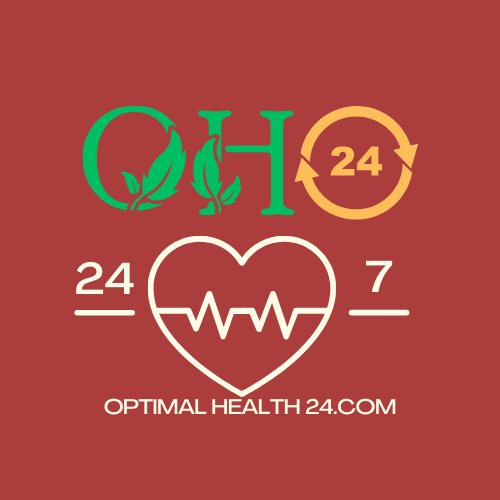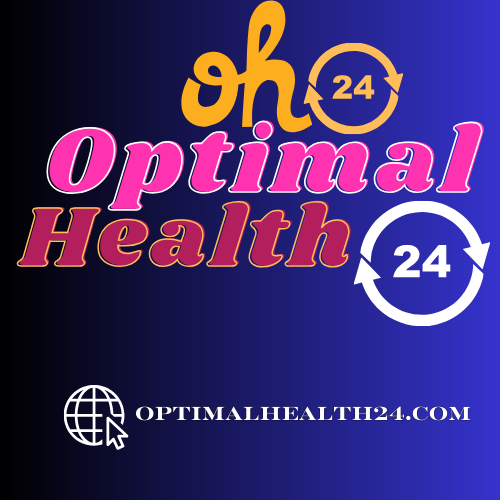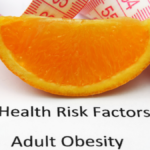Decoding Vision Challenges: Understanding Age-Related Macular Degeneration (AMD)
Eye diseases can significantly impact one’s quality of life, and Age-Related Macular Degeneration (AMD) stands out as a prevalent condition affecting vision, especially in older adults. Let’s delve into the intricacies of AMD, exploring its characteristics, causes, and avenues for support and management.
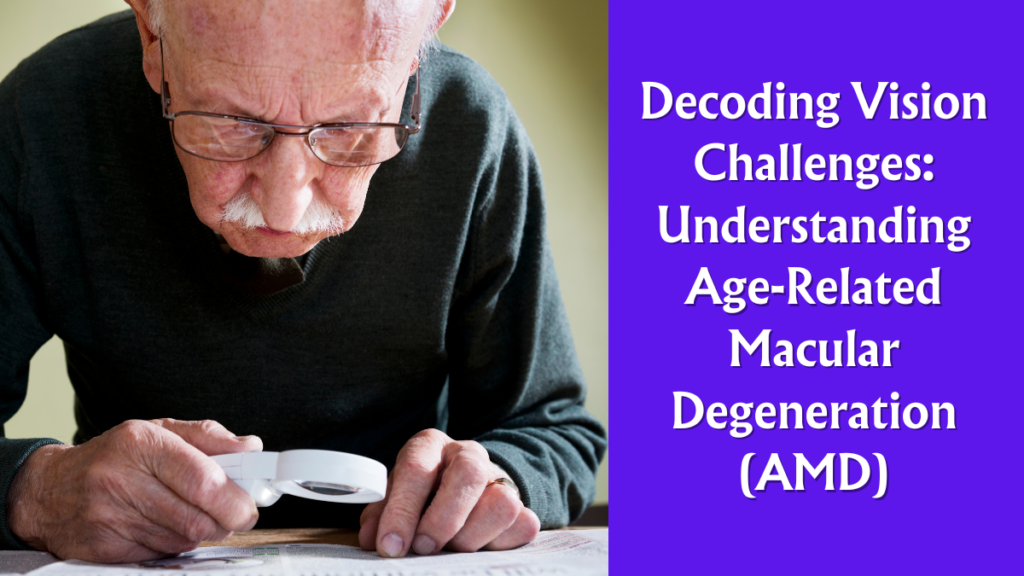
Age-Related Macular Degeneration (AMD): Unveiling the Vision Deterioration
– Definition: AMD is a chronic eye condition characterized by the gradual deterioration of the macula, the central part of the retina responsible for sharp, central vision.
– Types:
– Dry AMD: Gradual thinning of the macula.
– Wet AMD: Abnormal blood vessel growth beneath the macula.
– Causes:
– Aging is the primary risk factor.
– Genetic predisposition, smoking, and certain lifestyle factors contribute.
– Symptoms:
– Blurred or distorted central vision.
– Difficulty recognizing faces or reading.
– Changes in color perception.
– Diagnosis: Comprehensive eye examination, including visual acuity tests, retinal imaging, and sometimes angiography for wet AMD.
– Management: Lifestyle modifications, nutritional supplements, anti-VEGF injections for wet AMD, and low vision aids for visual support.
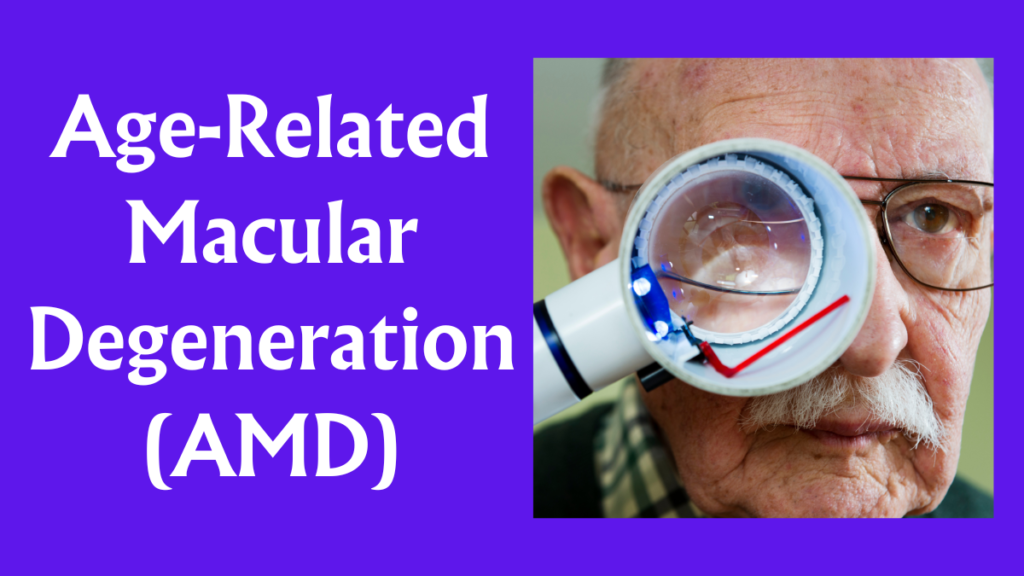
Navigating Vision Challenges:
– Early Detection: Regular eye examinations, especially for individuals over 50, aid in early AMD detection and intervention.
– Vision Aids and Rehabilitation: Devices like magnifiers, large-print materials, and adaptive technologies enhance visual function for those with AMD.
Hope Amid Complexity:
– Advancements in Treatment: Ongoing research leads to innovative treatments for AMD, offering hope for improved outcomes.
– Patient Education: Awareness about AMD risk factors and symptoms empowers individuals to seek timely eye care.
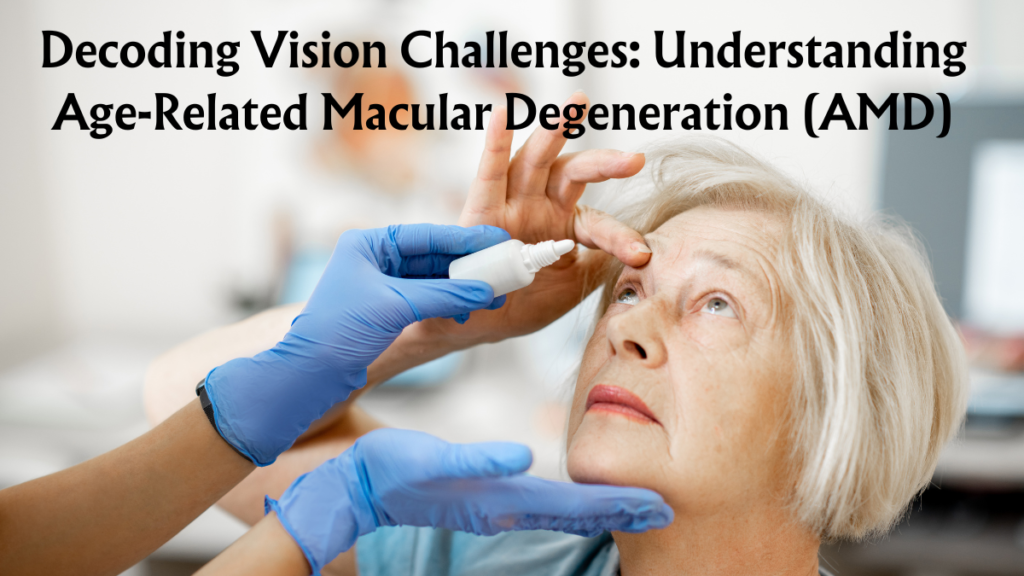
Conclusion: Fostering Vision Wellness in the Face of AMD
Understanding Age-Related Macular Degeneration is essential for fostering vision wellness, particularly as individuals age. With early detection, lifestyle adjustments, and appropriate interventions, individuals can navigate the complexities of AMD with resilience and hope.
FAQs about Age-Related Macular Degeneration (AMD)
1. Is there a cure for AMD?
– Currently, there is no cure for AMD. Treatment focuses on managing symptoms, slowing progression, and preserving existing vision.
2. Can lifestyle changes prevent AMD?
– While lifestyle changes cannot guarantee prevention, adopting a healthy lifestyle, including a nutrient-rich diet and protecting the eyes from UV rays, may reduce the risk of AMD.
3. How often should individuals have eye exams to detect AMD?
– Individuals over 50, especially those with risk factors, should have comprehensive eye exams at least annually to monitor for AMD and other eye conditions.
4. What is the role of nutrition in managing AMD?
– Certain vitamins and minerals, including antioxidants and omega-3 fatty acids, play a role in supporting eye health. Nutritional supplements may be recommended for individuals with AMD.
5. Can AMD lead to complete blindness?
– While AMD can significantly impact central vision, leading to legal blindness in severe cases, it does not usually cause complete blindness, as peripheral vision is typically preserved. Early detection and management are crucial for preserving vision.
